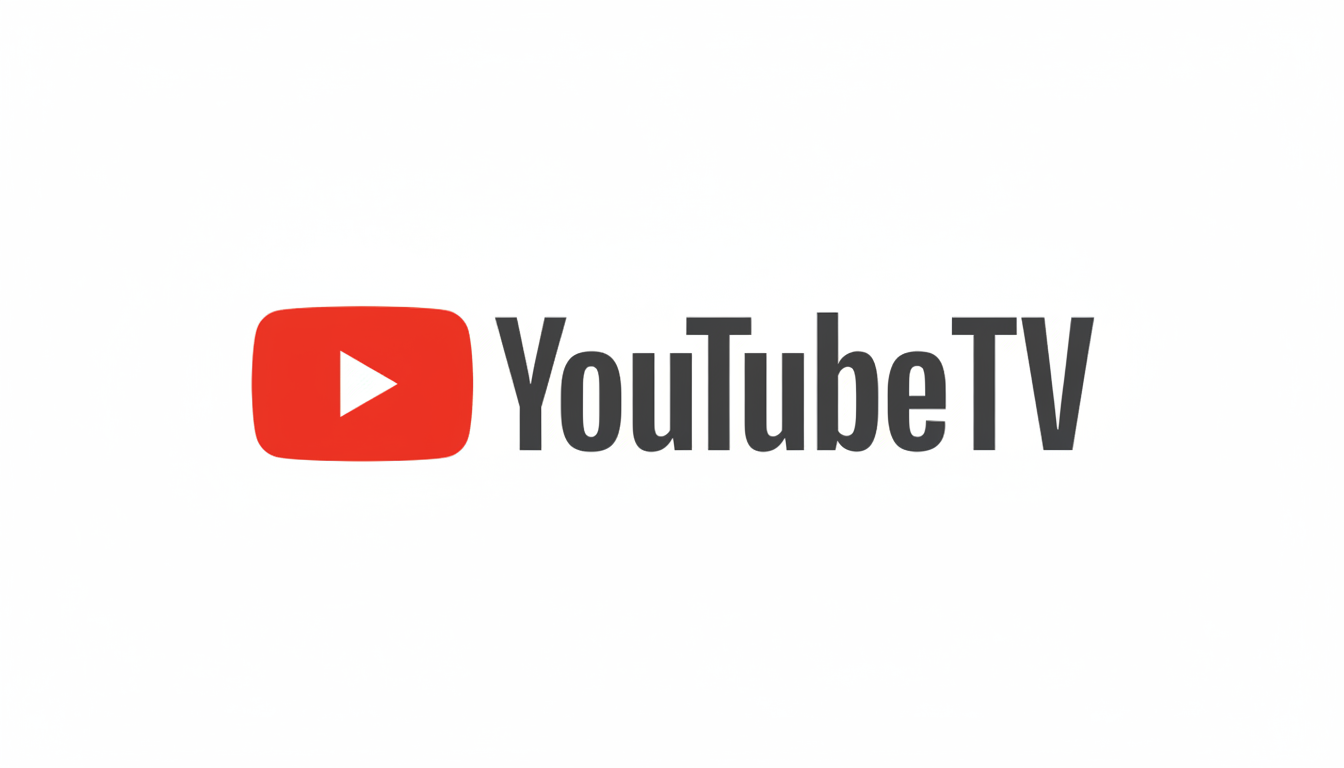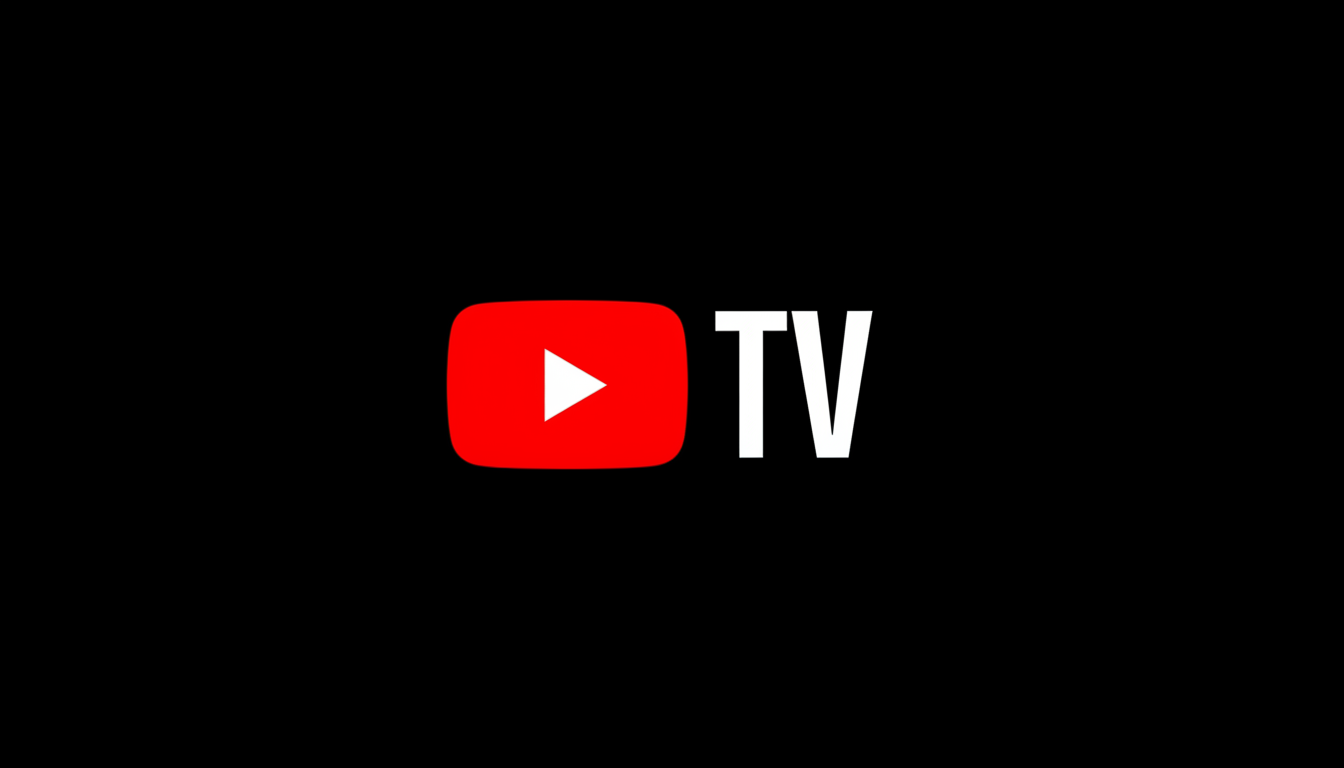Disney and YouTube TV have reconciled a carriage dispute, returning a handful of Disney-owned channels to YouTube TV and lifting a two-week blackout that frustrated millions of streaming cable customers. The deal not only brings ABC, ESPN, FX, National Geographic and Disney Channel back to the live TV lineup but also incorporates ESPN’s upcoming direct-to-consumer service in YouTube TV at no additional cost, with new packaging options that can include select Disney networks as well as the Disney+/Hulu bundle.
What Comes Back to YouTube TV After Disney Carriage Deal
Those using subscribed channels will see affected networks get reconnected as systems update. That includes local ABC stations in eligible markets and sports-focused programming like college football, the NBA and ESPN’s Monday Night Football. What’s crucial for many viewers, however — and the gamble comes here — is timing: Fall sports have been a longtime flashpoint in carriage talks, and access to live games often determines whether households stay with one service or jump to another.

YouTube TV’s retail toolkit is also growing as a result of the deal. The company can package some Disney channels and the Disney+/Hulu streaming bundle in its own packages, a nod to traditional cable’s good, better, best but with the flexibility that virtual MVPDs promise cord cutters.
Why the Standoff Happened Between Disney and YouTube TV
As in most carriage disputes, this one boiled down to price and control over packaging. The costs of sports rights have inflated programming expenses across the industry, and ESPN has been the most expensive network on distributors’ lineups. Virtual providers like YouTube TV want to be able to move everything around and keep base packages lean, but resist across-the-board price hikes; programmers want to maintain the deep distribution which underpins billion-dollar sports deals.
It isn’t the first time that the companies have clashed. Disney channels were temporarily off the air in March before a quick resolution in their 2022 renegotiation. The backdrop is a broader recalibration; in a well-publicized skirmish with Charter’s Spectrum, Disney capitulated to including certain streaming apps in pay-TV packages (so-called hybrid distribution of linear plus streaming has become the new chip).
Effect on Viewers and Churn Signals from the Blackout
YouTube TV, which is estimated by industry analysts to have more than 10 million subscribers, gave a $20 credit to customers affected by the outage. A widely cited consumer survey indicated that about 24% of viewers had considered or said they had canceled during the blackout. YouTube said that actual churn was manageable and not as high as those survey results, a reminder that sentiment and behavior can diverge in the heat of disruption.

The economics are delicate. YouTube TV’s base plan costs about $73 a month, a figure that has been inflated as programmers load up on more expensive live sports. Leichtman Research Group has reported “consistent growth” in virtual MVPDs even during a time when traditional cable and satellite contracts have eroded, but the math for such services remains the same: households inclined to bail if they are price sensitive, and live sports both lure subscribers and run the risk of alienating them if access falters.
ESPN’s Direct-to-Consumer Push and YouTube TV Integration
An interesting twist in the deal is that ESPN’s direct-to-consumer offering will also be available within YouTube TV at no additional cost to subscribers. Disney has made clear its intentions to provide a full-on streaming edition of ESPN, including personalized features and deeply integrated betting data applications, as well as sufficient live rights. Folding product like that into a mega-distributor bundle is the prototype: keep ESPN everywhere while building a future where linear and streaming all sit under one billing relationship.
The upside for sports fans is direct: With any luck, there will be fewer walls to log in under and a greater chance that all the seasons’ key games will be findable within one app environment. For advertisers, the integration of linear and streaming inventory can mean increased reach and frequency management in a time where connected TV ad spend is on the rise — with predictions from groups like GroupM and Magna that it’ll continue to grow.
What to Watch Next for Live TV Bundles and Sports Access
Terms and duration were not disclosed, but with the backdrop of recent history, at least two things are probable: ongoing combination bundles that package linear channels and streaming apps together, and a follow-up time frame in which to adjust prices in the face of escalating sports rights. Rivals including Hulu + Live TV, Fubo, Sling TV and DirecTV Stream will take cues from this playbook — especially the deal flow tied to ESPN’s direct service and the potential to upsell Disney’s larger streaming bundle inside the rough-and-tumble live TV ecosystem.
The broader market environment favors deals that reduce friction around live sports. Nielsen data has long made clear that the overwhelming majority of the year’s top-watched telecasts are live games and that the NFL — whose control over media revenue is growing rapidly, both in absolute terms and relative to other leagues’ take — reigns supreme. Any break in that pipeline threatens to accelerate cord-switching. And now Disney and YouTube are filling in some of the design for what the next era of pay TV might be like: fewer firm boundaries between cable and streaming, more bundled value — and relentless effort to keep sports on the most expensive home screens.

